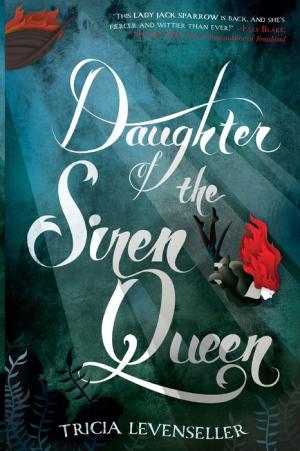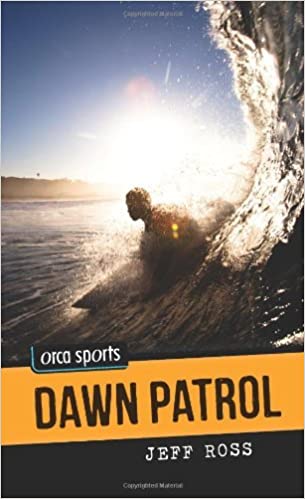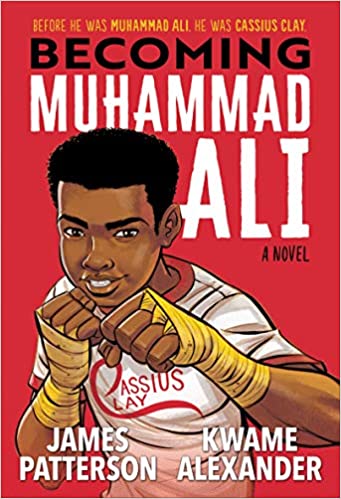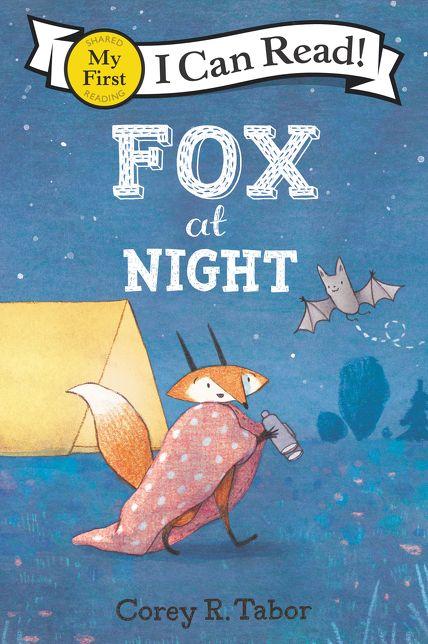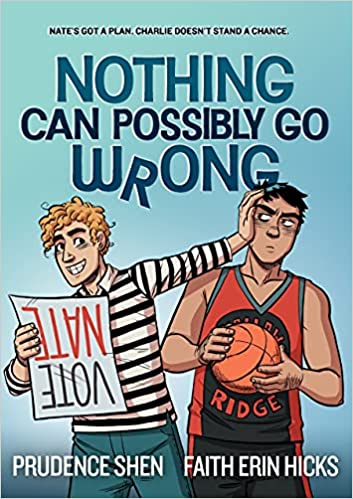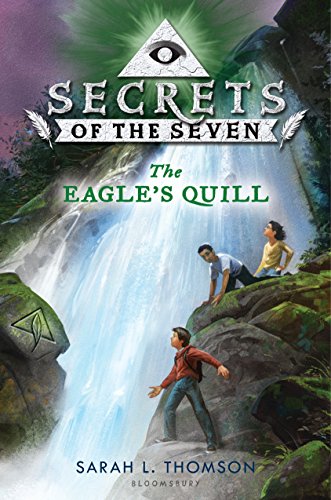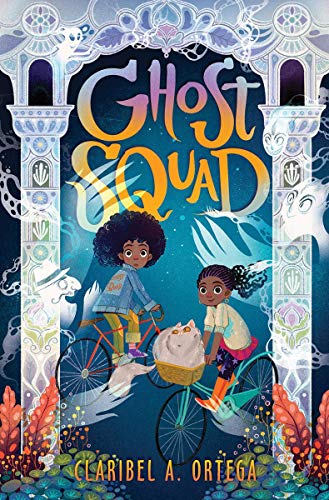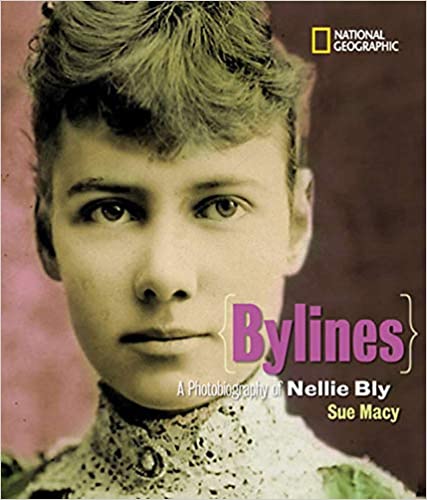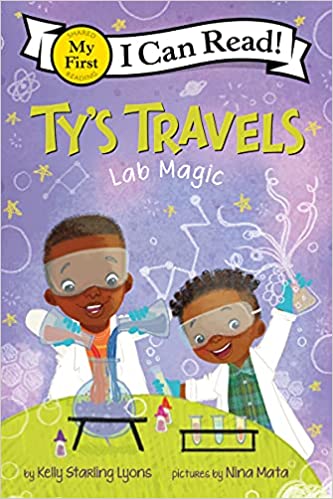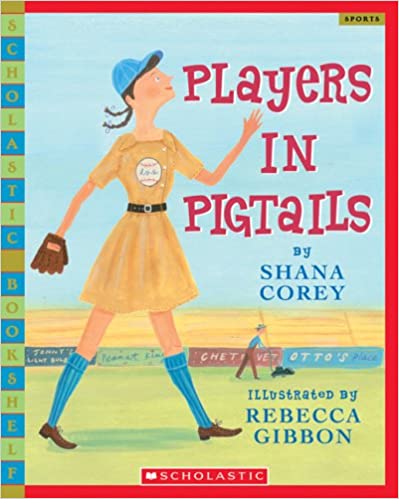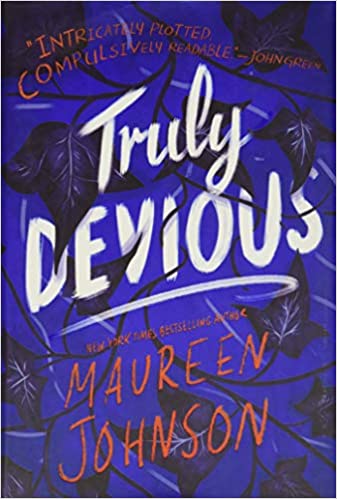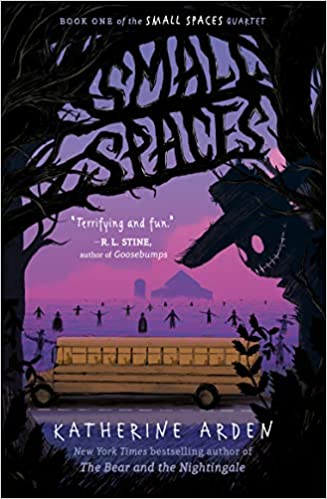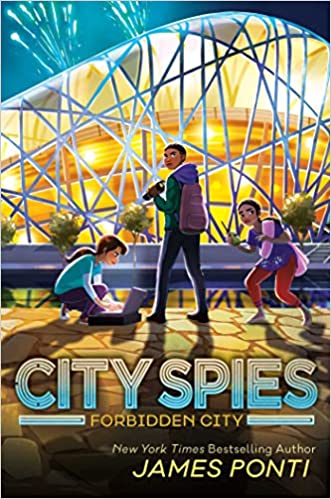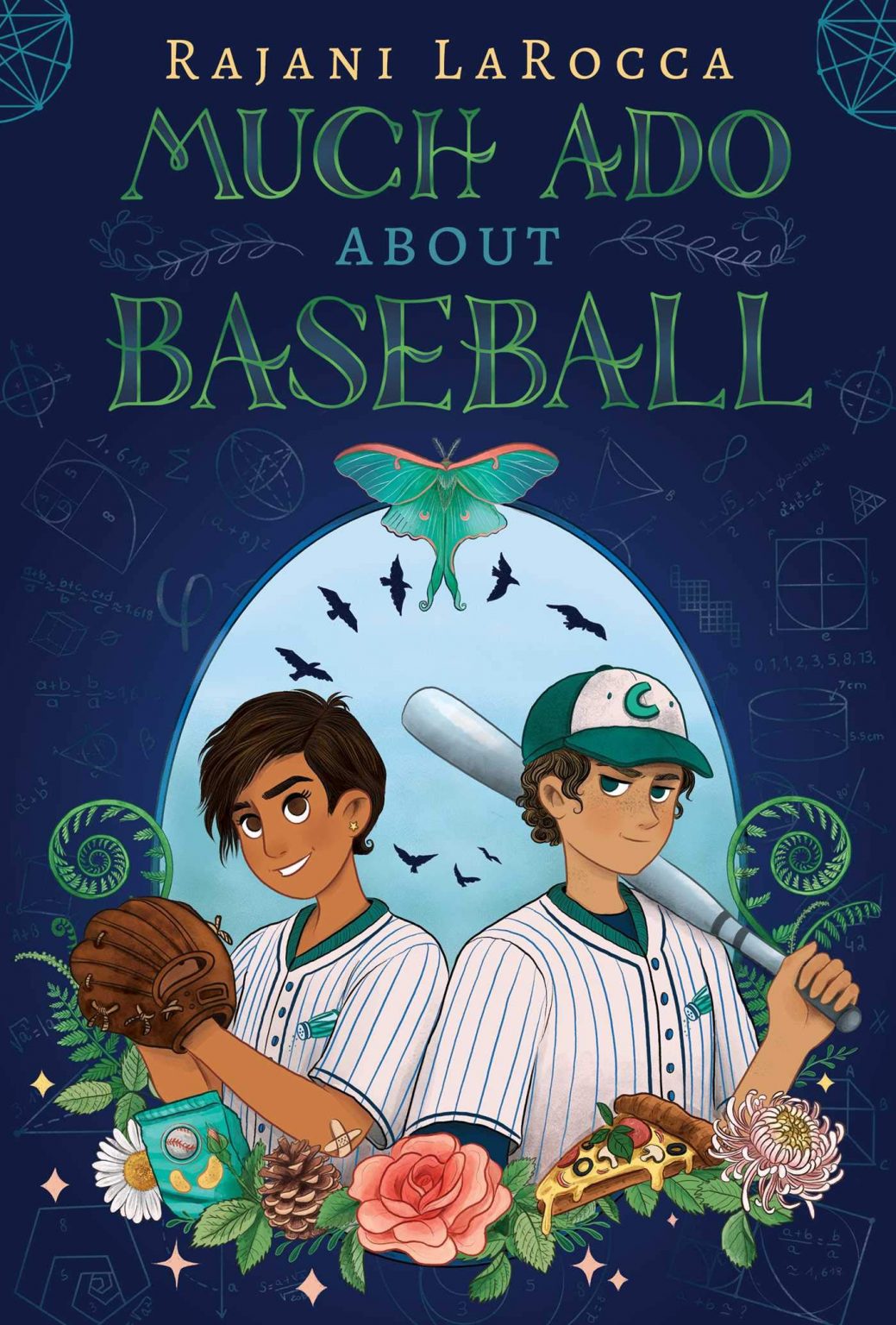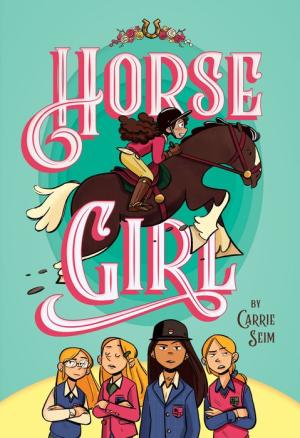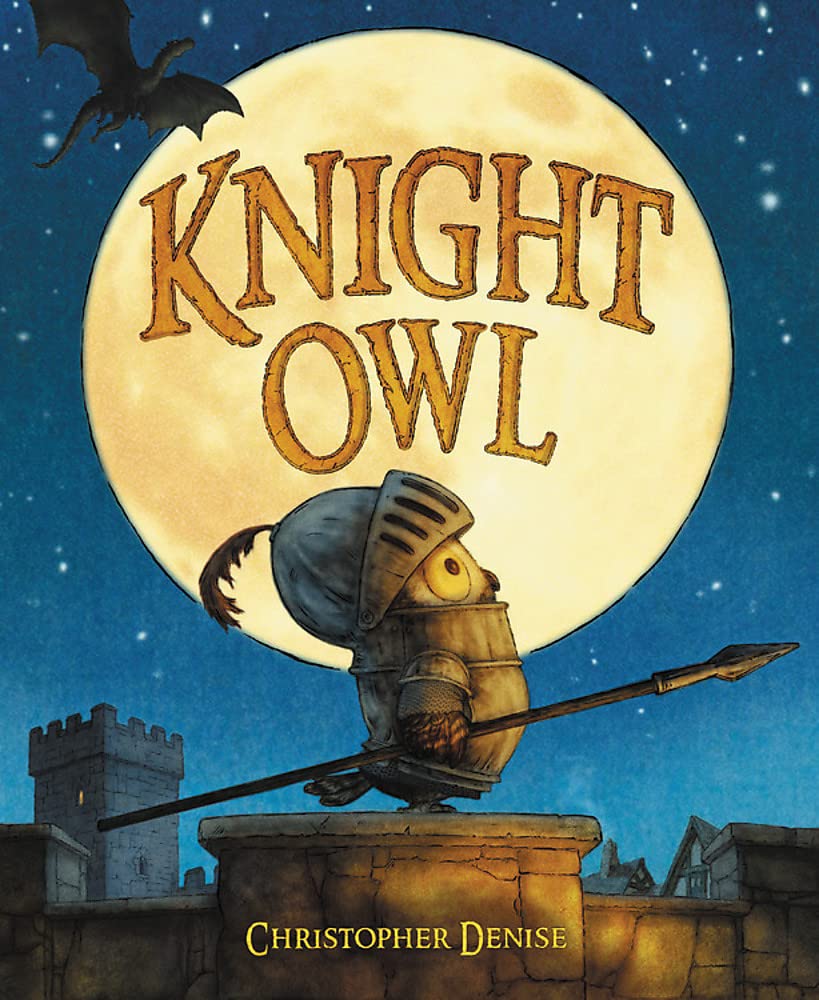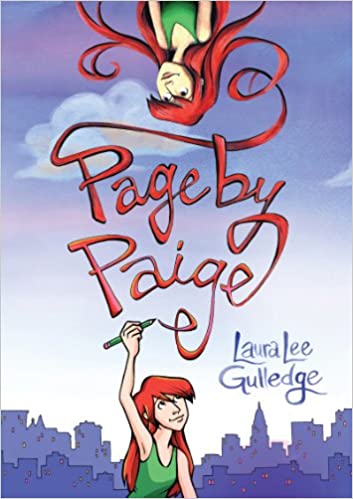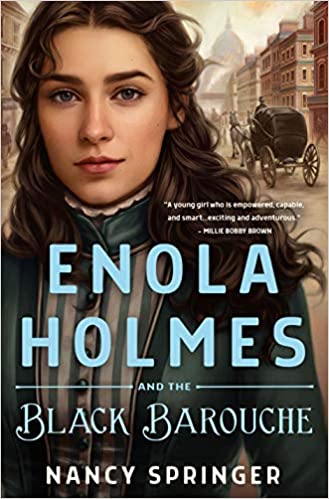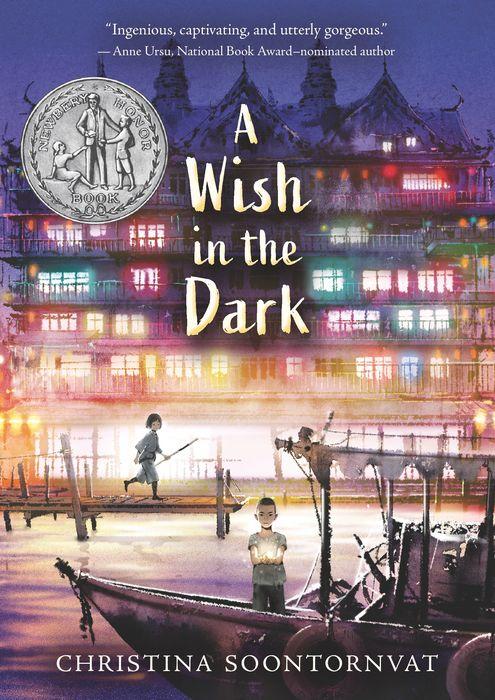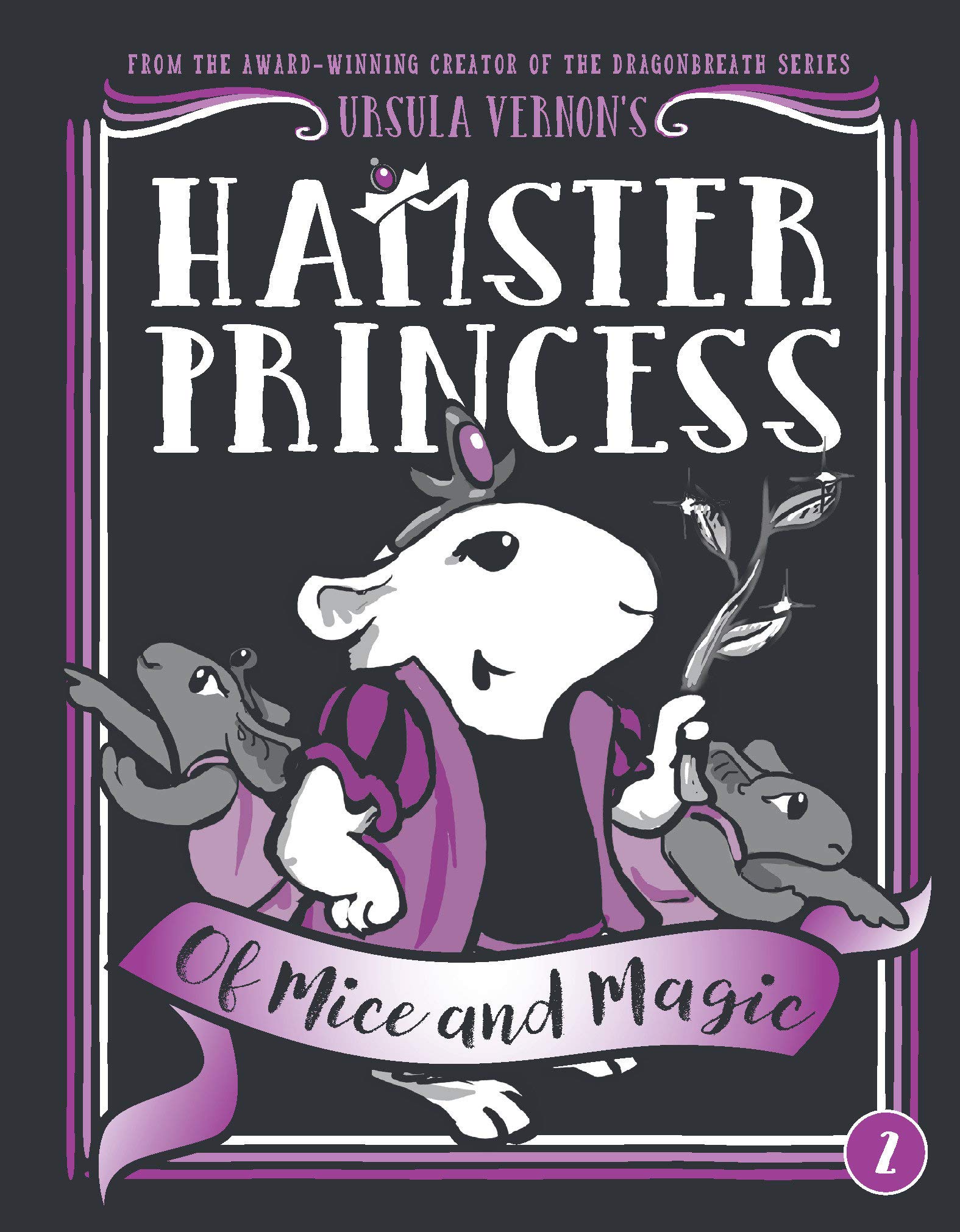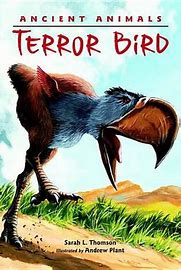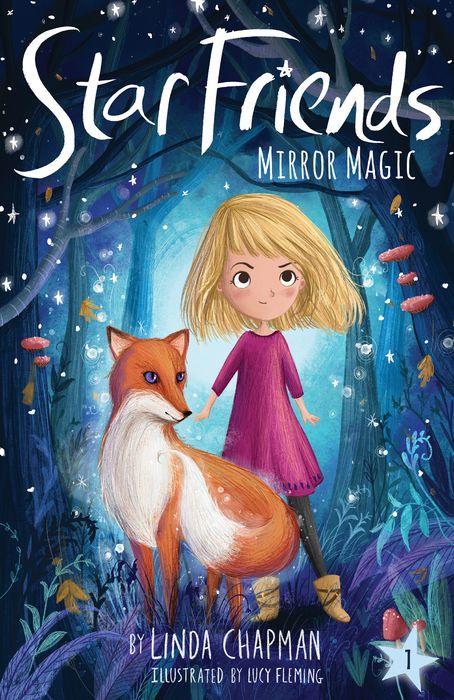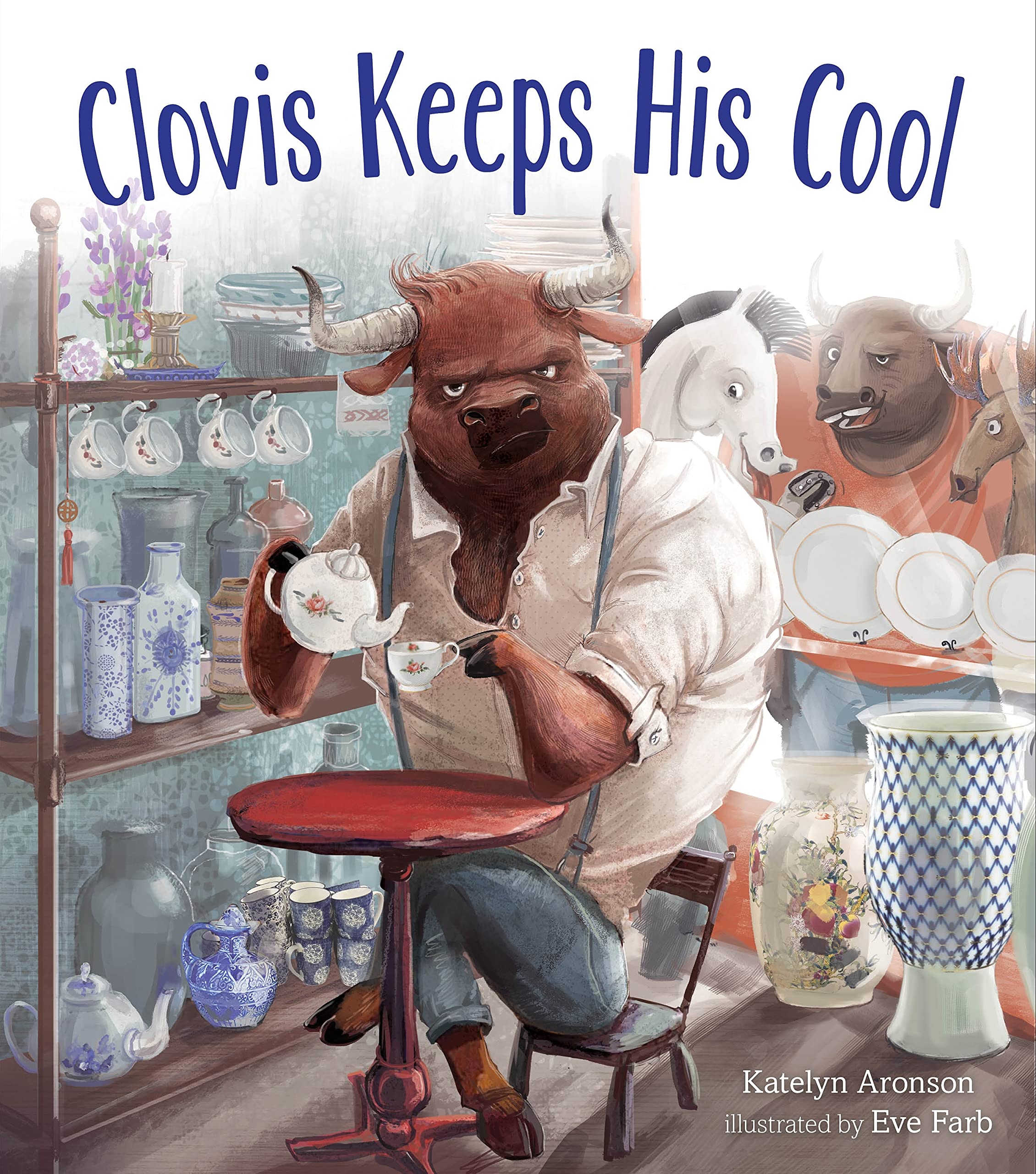Alosa’s mission is finally complete. Not only has she recovered all three pieces of the map to a legendary hidden treasure, but the pirates who originally took her captive are now prisoners on her ship. Still unfairly attractive and unexpectedly loyal, first mate Riden is a constant distraction, but now he’s under her orders. And she takes great comfort in knowing that the villainous Vordan will soon be facing her father’s justice.
When Vordan exposes a secret her father has kept for years, Alosa and her crew find themselves in a deadly race with the feared Pirate King. Despite the danger, Alosa knows they will recover the treasure first . . . after all, she is the daughter of the Siren Queen.
In Daughter of the Siren Queen, Alosa and her crew are only days away from being caught by the Pirate King. Both the Pirate King and Alosa hope to reach a legendary treasure that will allow them to rule the seas. However, Alosa’s crew faces many dangers, including an island of cannibals and the lack of drinking water. During this time, Riden helps Alosa try to understand her siren abilities. Unfortunately, once Riden and Alosa begin to work together, most of their fun banter ends. Instead, Riden becomes a submissive man, who stays mostly in the background.
When Riden fades into the background, Alosa’s crew of fierce, capable women are given center stage. Even though they are ruthless pirates, the crew respects and cares for each other. While Alosa is the captain of the ship, she still has enough confidence to leave others in command when necessary. One of the crew members has a six-year-old daughter, who adds humor and heart to the story. Unlike most pirates who are loyal to whomever has the most gold, Alosa’s crew are loyal to each other because of their friendship. The unique perspective of the women pirates makes Daughter of the Siren Queen interesting and enjoyable.
Readers will also get a look into the siren’s world. Alosa worries that her siren half turns her into a monster. However, when she is introduced to her mother’s world, Alosa realizes that the women are not heartless monsters. Instead, their world is full of beauty and love. Despite this, Alosa never loses her desire to remain in the human world. Alosa loves being a pirate, loves her crew, and loves the human world.
Full of friendship, battles, and complicated relationships, Daughter of the Siren Queen is a fast-paced story that takes readers on an exciting ocean adventure. Bloody battles keep the tension high, but Alosa’s crew balances out the action with friendship and humor. If you’re up for non-stop action, and high-stakes sword fights, then Daughter of the Siren Queen is a must-read. However, if you’re looking to set sail on a pirate ship without bloody fights, jump aboard Lintang and the Pirate Queen by Tamara Moss.
Sexual Content
- Two of Alosa’s crew see her staring at Riden. A girl says, “he looks delicious.” Her sister replies, “From behind, anyways. Can’t judge the man properly until we see the front.”
- Two of Alosa’s crew members were “whores.” She explains, “They were forced into that life. I broke them out when I witnessed them fighting off a couple of men who tried to take their services for free after hours.”
- The Pirate King’s keep has a “brothel.”
- To distract a pirate, Alosa slides “my hands up his arms to his shoulders. . .He crushes his mouth to mine. All intensity and passion.” As she kisses the pirate, she thinks about Riden, who will “pin me against some hard surface, place his hands on either side of my waist, and lean down until all the air between us is gone.”
- Alosa gets upset at Riden. When he tries to comfort her, she “lunge[s] at him. . . I place my lips over his so quickly, I think his eyes are still open when I reach him. . . My fingers slide into his hair, silky smooth and wonderful. . .” Riden welcomes Alosa’s touch. “His tongue slides in, completely bathing me in sensations.” The scene is described over one page.
- Alosa and Riden kiss several times. For example, Riden’s “lips brush my neck as he starts kissing his way up to my hairline. My body shudders, an uncontrollable reaction to him. . . His free hand slides around my waist, pressing me into him.” They stop kissing when they are interrupted.
- After professing their love, Riden and Alosa kiss. “He kisses me softly, languorously, savoring every time our lips connect. I melt under the pressure but manage to yank at his still damp shirt. He helps me take it off. . .Without breaking the kiss, I start to pull him backward with me, toward my bed.” Riden hears a siren’s song and walks away from Alosa. The scene is described over three pages.
Violence
- There is an overabundance of violence and not all scenes are described below.
- Alosa and her crew begin killing the lookouts who are watching over Vordan’s crew. “The sound of [Alosa’s] knife slitting across a throat feels much too loud in the darkness. I catch the pirate before his corpse hits the ground.”
- Alosa and her crew get into the inn where the pirates are sleeping. Alosa puts three men under her spell so they will fight on her side. Then Alosa rams her “shoulder into the pirate who dared to call me ‘the siren bitch,’ sending him over the railing. He screams until he’s cut off with a loud crunch. . .I’m already thrusting my sword through the belly of the next pirate. He collapses to the floor, and I walk over his twitching body to the next man.”
- During the battle, Alosa sends her “elbow into the underside of [a pirate’s] chin. His head snaps back, and I cut off his grunt by raking my cutlass across his throat.”
- Alosa and her girls blow up the inn. “The inn still stands, but it’s burning apart from the inside. . . The pirates still inside are burning husks on the ground.”
- Alosa has Vordan put in a cage. When he protests, “he’s cut off by Sorinda’s fist slamming into his gut. She gags him and ties his hands behind his back.” The fight scene is described over 10 pages.
- To get Vordan to talk, Alosa puts him under her siren’s spell and makes him hallucinate. “Vordan holds a knife in his hand. He glances at it in fear before thrusting it down into his own leg, the one that isn’t broken. He screams before changing the sound into an angry grunt.”
- Alosa gets to her father’s keep, where “dead men dangle by ropes from the top of the tunnel… hooks that have been inserted into the mouths of traitors. They are hung up like captured fish for all to see. . .”
- When Praxer upsets the Pirate King, the king cuts off Praxer’s hand. “Praxer screams as red sprays the nearby men and tables. . .Praxer has sunk to the floor. He muffles his screams long enough to meet my father’s eyes.”
- Alosa and some of her crew go to an island where they find cannibals. “Deschel runs towards her sister’s remains. Lotiya’s throat has been ripped out. She’s missing a leg and an arm and so much blood. It’s all over the cave. . . Animal-like shouts and growls sound down the cave and grow closer, alerted to our presence by the gunshots.”
- The cannibals chase Alosa and her crew. “Riden pours more gunpowder into his pistol, takes aim, and fires. The first cannibal in line falls, tripping those immediately behind. . .Riden is busy blocking the tunnel by himself now while I grasp around frantically for my sword. Eventually, my hand finds something hard and heavy. A human femur, I think. I bring it down on the cannibal’s head, which knocks him out instantly.”
- When the Pirate King tries to take over Alosa’s ship, cannons are fired and “one blow[s] apart a group of men huddled together while the other nicked the mizzenmast. . . Gunfire ripples through the air on both sides. My girls are well protected behind their barrels, crates, rowboats, and other hiding places.”
- During the fight, Alosa puts men under her spell and causes them to jump overboard. “Men shriek as the eels circle them. The eels like to toy with their food first.” When several of Alosa’s girls fall into the water, she goes in after them. “I reach for the dagger in my boot, launching myself at the eel from the side. Dagger connects first, then my legs wrap around the creature’s body, just long enough for my feet to connect on the other side of the massive water beast.” Alosa kills the creature and save her friends. The battle is described over eight pages.
- During the fighting, one of Alosa’s crew dies. “Haeli. She took a bullet to the back.”
- The book ends in a multi-chapter battle between Alosa’s crew and the Pirate King’s crew. Alosa’s father punishes her by shooting three members of her crew. The Pirate King “pulls the trigger. Niridia’s leg buckles, forcing her to the ground. Blood seeping through a hole in the leggings over her knee. . . Another shot fires. . . He has a new pistol, smoke coalescing from it. Reona, one of my riggers, jerks to the right and falls.”
- The siren’s sing to the Pirate King’s men. However, the men have wax in their ears, so they remain safe. “Many of the men hold harpoons, waiting until the right moment to fling them into the sea at targets. . . Luminescent bodies float on the surface of the water in a tangle of rich hair and blood-stained skin. . . One siren flings herself out of the water, leaping over the boat as a dolphin might, and plummets into an unsuspecting pirate, knocking him into the sea below her.” Many men and sirens die.
- Roslyn, a six-year-old, is part of Alosa’s crew. When Alosa and her crew are locked in cells, Roslyn is able to get the key. As she is letting the crew out, “A gunshot explodes through the mostly quiet brig. . . Blood spurts wildly from [Roslyn’s] head. And she falls. . . a pool of blood forms near Roslyn.”
- Sorinda attacks a pirate who has Alosa cornered. “A sword point rips through his stomach. A labored sigh escapes him as he stares down at the metal. Sorinda doesn’t wait for him to drop before yanking her cutlass back through his gut and moving to the next target.”
- Roslyn’s father attacks the man who shot her. Roslyn’s father has “got Tylon by the shoulders, and he slams his head into the ground over and over. I don’t know how long Tylon has been dead, but Wallov doesn’t seem to notice anything at all.”
- The Pirate King captures Alosa’s mother. “She is strapped to a chair with ropes. They bind her shoulders to the chair’s back, her thighs to the seat, her ankles to the chair’s leg. Her wrists are bound together behind her back… her face is lightly swollen, starting to show the signs of the beating Kalligan no doubt gave her.” After capturing the Siren Queen, the sirens join the battle and manage to defeat the Pirate King’s men.
Drugs and Alcohol
- One of Alosa’s crew members is “a useless drunk most of the time.” When he realizes a girl cares about him, he goes through withdrawals and then stays sober.
Language
- Profanity is used often. Profanity includes bastard, damn, hell, and piss.
- A pirate calls Alosa a “siren bitch.”
- Riden is upset that Alosa used her siren abilities on him. When he yells at her, she says, “You’re being a prick. I did nothing wrong.”
Supernatural
- Alosa’s siren half gives her magical abilities. “I can sing to men and make them do whatever I wish… I can read the emotions of men… I can tell what any man wants in a woman, become it, and use it to manipulate him.”
- Alosa tries to learn how to control her siren abilities. “When I take in the water, I become a creature with no knowledge of my human existence, no knowledge of those I care about or my human aspirations. I become what I would have been if I’d never known life above the sea.”
- Alosa meets a charm of sirens, who show her the siren’s treasure. Alosa’s mother explains, “As soon as we knew there was treasure aboard, we sang to the rest of the men, demanding they throw everything valuable overboard. When they were done, we had them toss themselves in afterward. So we could enjoy them.”
Spiritual Content
- When the mast breaks, Alosa says, “Let’s pray to the stars we can find a suitable trunk ashore.”
- Pirates believe that “to not be buried at sea is to be damned for eternity, never finding rest with the stars.”
- When a pirate dies, the crew “let the remains of Lotiya’s body drift off to sea, buried with the fallen pirates before her. When her soul departs from her body, it will follow the lantern light and find the water’s surface. From there, it will be able to see the stars and fly up to the heavens. Every soul parted from this world is a star in the sky.”
